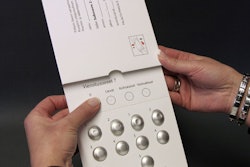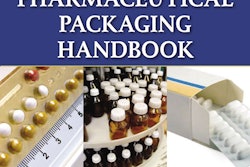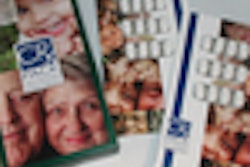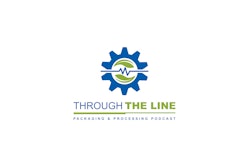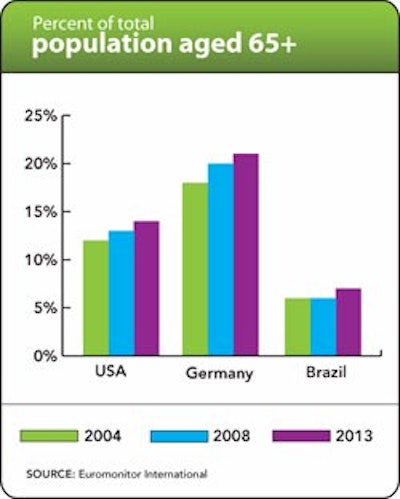
Older consumers are generally more affluent and have larger discretionary incomes, making them a target demographic for many manufacturers. Within OTC healthcare, the influence of older consumers is especially pronounced. However, the specific impacts of age demographics are different from country to country.
In Germany, societal pressure encourages people to maintain employment into old age, making them turn to OTC healthcare products to help them work through aches and pains. Consequently, packaging that is easy to open and dispense in the workplace is increasingly common. For example, Bayer AG introduced Aspirin in a new folding carton that allows consumers to open the package with only one hand, meeting this need nicely.
Consumers in the US likewise prefer packaging that offers convenient dispensing. But in contrast to Germans, aging Americans are more likely to maintain an active, on-the-go lifestyle. This means that portability is equally as important as convenience to older Americans. As a result, blister and strip packs have experienced significant growth, as the format makes it easier to tear off one or two pills to carry in a purse or pocket.
In contrast to these countries, Brazil's 65+ population frequently uses home-made remedies to treat minor ailments. This means that manufacturers must attract younger consumers and keep them loyal until old age, while still appealing to older Brazilians who are less familiar with OTC medications. They do this by seeking packaging that is familiar and comfortable while still offering good branding opportunity and communicating the benefits of their products.
Regardless of country, brand managers for OTC products must make sure that their packaging meets the needs of aging consumers. The percentage of the population aged 65+ will only increase over time, and creating packaging that appeals to this increasingly important demographic will remain critical to brand success.
Browse Euromonitor International's entire collection of packaging research.
By Josh Stock, industry analyst, Euromonitor Intl.. Reprinted from the April 27, 2009 Market Trends electronic newsletter.
In Germany, societal pressure encourages people to maintain employment into old age, making them turn to OTC healthcare products to help them work through aches and pains. Consequently, packaging that is easy to open and dispense in the workplace is increasingly common. For example, Bayer AG introduced Aspirin in a new folding carton that allows consumers to open the package with only one hand, meeting this need nicely.
Consumers in the US likewise prefer packaging that offers convenient dispensing. But in contrast to Germans, aging Americans are more likely to maintain an active, on-the-go lifestyle. This means that portability is equally as important as convenience to older Americans. As a result, blister and strip packs have experienced significant growth, as the format makes it easier to tear off one or two pills to carry in a purse or pocket.
In contrast to these countries, Brazil's 65+ population frequently uses home-made remedies to treat minor ailments. This means that manufacturers must attract younger consumers and keep them loyal until old age, while still appealing to older Brazilians who are less familiar with OTC medications. They do this by seeking packaging that is familiar and comfortable while still offering good branding opportunity and communicating the benefits of their products.
Regardless of country, brand managers for OTC products must make sure that their packaging meets the needs of aging consumers. The percentage of the population aged 65+ will only increase over time, and creating packaging that appeals to this increasingly important demographic will remain critical to brand success.
Browse Euromonitor International's entire collection of packaging research.
By Josh Stock, industry analyst, Euromonitor Intl.. Reprinted from the April 27, 2009 Market Trends electronic newsletter.
Companies in this press-release



